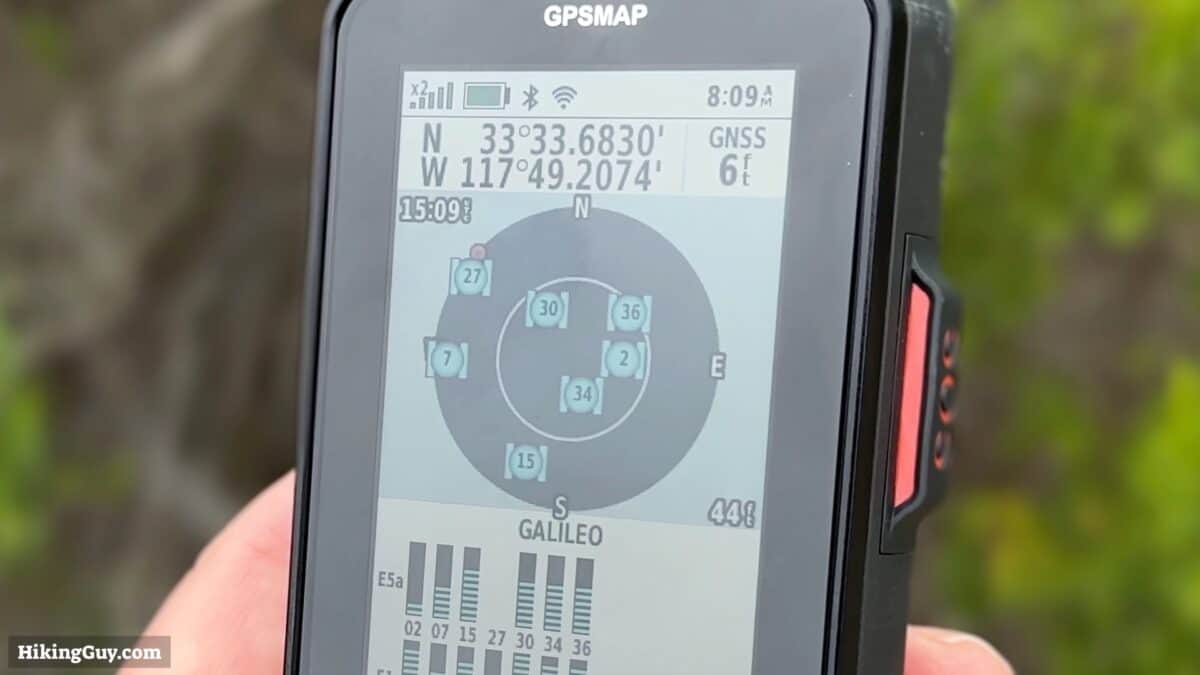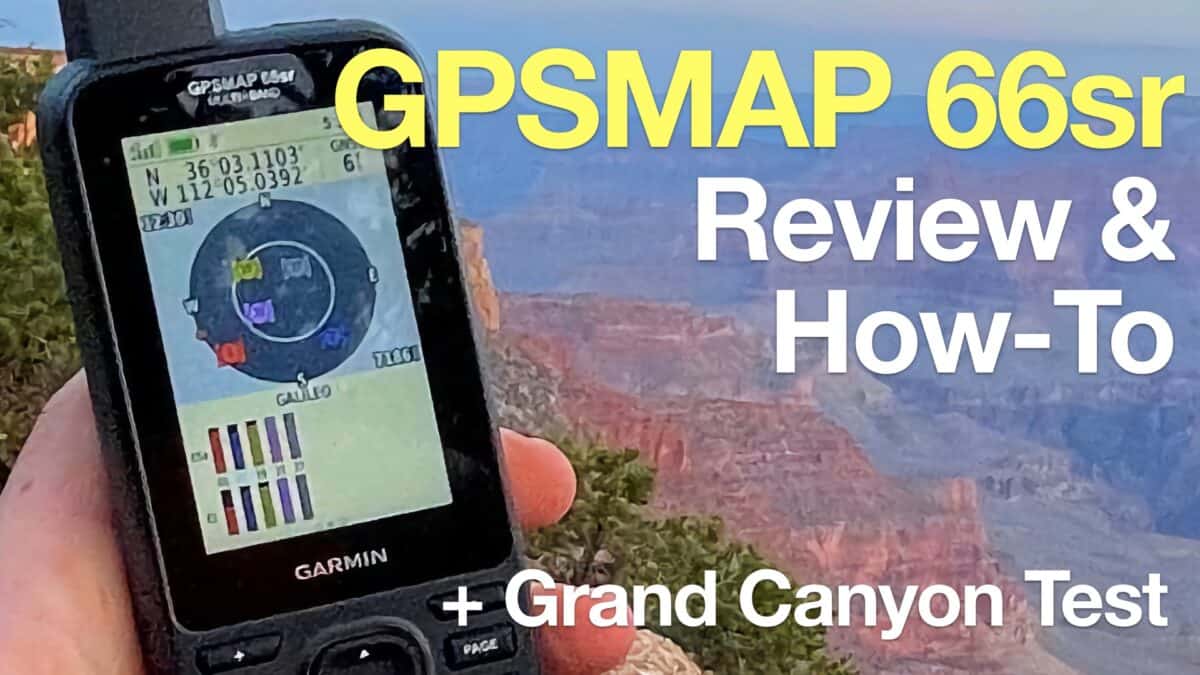

Garmin GPSMAP 67i Review
Introduction: So, I've been using the Garmin GPSMAP 67i for a solid two months now during my time out on the trails and it's the best handheld GPS out there right now. But bis it the right GPS for you?
- Battery Life
- GPS Performance
- Worth Noting
- Recommendations
If you are upgrading from another inReach device, DO NOT opt into check-ins.
What did Garmin Do With the 67i?

My hunch is that the 67i is like a Frankenstein device—a mix of the 66i's body and battery, but with the upgraded chipset from the Fenix 7. The specs line up, but the 67i offers a longer battery life and better GPS capabilities, making it more like a Fenix 7. Stick with me, and I'll explain more about it in a bit.
Battery Performance

There are many factors that affect how long the battery lasts. Things like having Bluetooth or Wi-Fi on, using multi GNSS and multi-band settings, recording activities, navigating routes, and even how much you zoom in and out of the map—all of it makes a difference. So, I put it to the test. With 10-minute send intervals, multi GNSS and multi-band on, and recording my hikes, I managed to get around 140 hours of battery life on average. And if you switch to GPS-only mode, you can squeeze out upwards of 200 hours. That's plenty of juice for your adventures. Plus, it charges up pretty quickly, within an hour or two depending on the charger. So, no worries about running out of battery out there.
67i Positioning Accuracy

When it comes to pinpointing your location, the 67i really nails it. I consistently got accuracy within six feet, even with multi-band and multi-GNSS turned on. But here's the real game-changer—it stays accurate even in tricky conditions like canyons or areas with thick tree cover. Remember those times when the GPS would go haywire and mess up your track? Well, with the 67i, that's a thing of the past; the track recordings that I'm getting are usually very close to the expected distances.
What's interesting is that the Fenix 7, Epix Gen 2, and GPSMAP 66sr all performed similarly to the 67i. If you already own one of these devices, don't expect significantly better performance from the 67i. However, where the 67i does shine is in challenging conditions like canyons, where it outperforms the 66i.
Worth Noting

If you've used previous Garmin GPSMAP models, you'll feel right at home with the 67i. It hasn't changed much over the years, which is okay, although I do wish it would get some more love from Garmin. The UI is straightforward and easy to navigate. There are a few tweaks here and there, like adding a plus sign to the bottom of the screen for adding icons to the main menu and a new map layers option. But overall, it's the same ol' familiar interface. Just keep in mind that you won't find a battery percentage display unless you're plugged in. You'll need to rely on the Explore app or third-party widgets for that.
Garmin took away the USB mass storage mode and NMEA protocol, and now just offer MTP. If you're on Mac, use Android File Transfer, and you'll be good to go. Basecamp does work on Mac but you need to only have one MTP connection open at a time.
The device now also wakes by hitting any button on the front, not just the power button.
Should You Upgrade to the GPSMAP 67i?
If you're just looking for the best of the best, then yes, go for it. But if you're using a GPSMAP 66i and it's serving you well, you don't necessarily need to jump ship. A simple USB charger can give you that extra battery life you desire. However, if you're struggling with track accuracy on your 66i, the 67i is worth considering.
And for those of you with a GPSMAP 66sr, the accuracy and features won't be dramatically different. But if you want inReach capabilities, the performance of the 66sr, and more battery life, the 67i is a solid choice.
For me, I've chosen to use my Epix and a Mini 2, which is a lighter setup and has a bit more redundancy.
Need More Info?
- Have a question about the guide? Join my Patreon and ask me a question.
 Garmin inReach Mini 2 Review for Hikers
Garmin inReach Mini 2 Review for Hikers Garmin GPSMAP 66sr Review & Test
Garmin GPSMAP 66sr Review & Test Garmin GPSMAP 66i Review & Guide
Garmin GPSMAP 66i Review & Guide Hiking Gear & Outdoor Technology
Hiking Gear & Outdoor Technology Garmin inReach
Garmin inReach Best Hiking Gear 2024
Best Hiking Gear 2024 Hiking Boots or Shoes: Do I Really Need Hiking Boots?
Hiking Boots or Shoes: Do I Really Need Hiking Boots? When to Hit SOS on inReach
When to Hit SOS on inReach